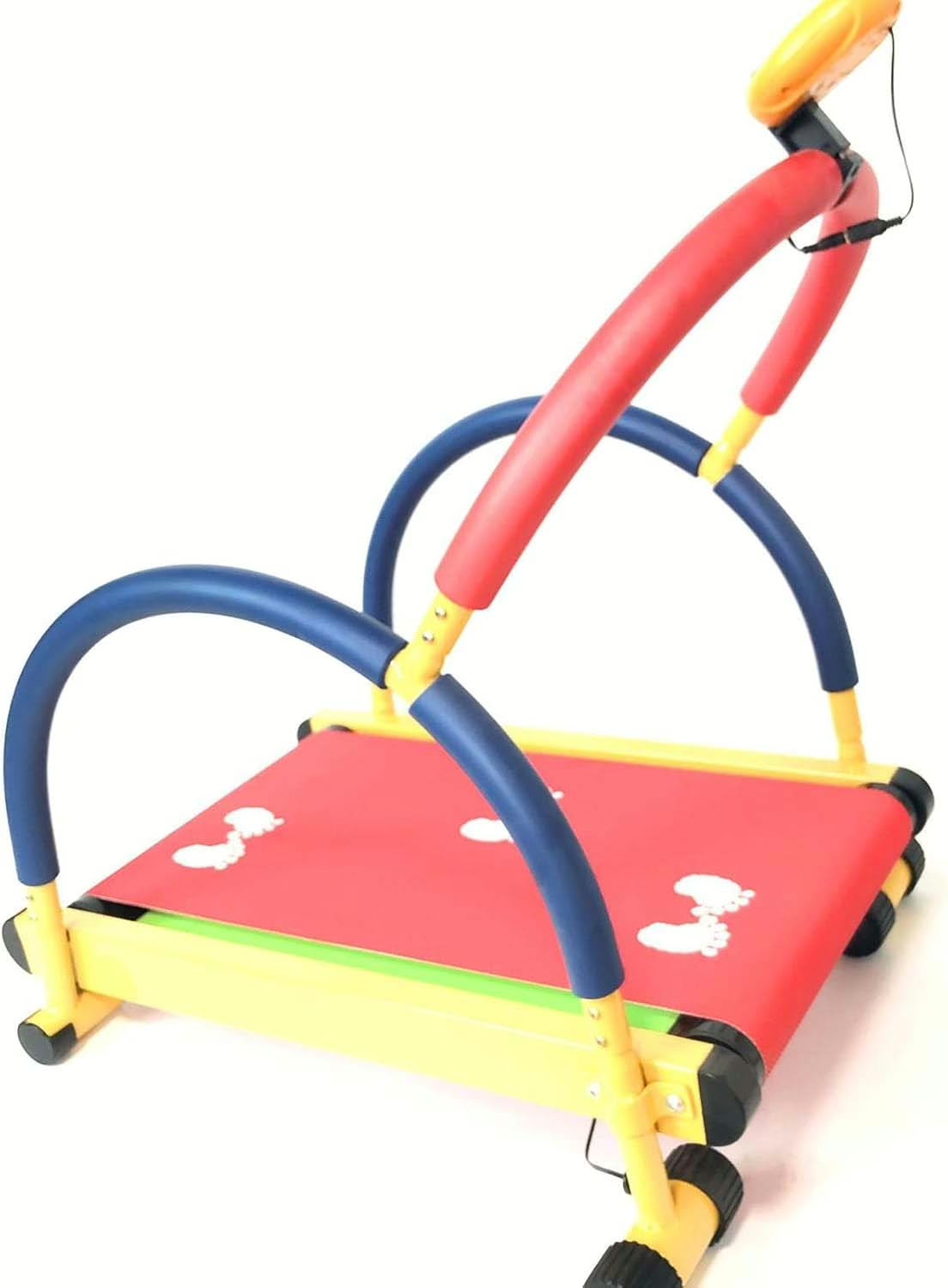The rise of toddler treadmills in the UK has sparked debate among parents, fitness experts, and paediatricians. While some view these mini exercise machines as a way to encourage early physical activity, others express concerns about safety, development, and necessity. This article explores whether toddler treadmills are a good idea, their potential risks, and expert opinions on their use.
The Purpose of Toddler Treadmills
Toddler treadmills are designed to introduce young children to movement and exercise in a controlled manner. They are typically non-motorised, relying on a child’s own movement to turn the belt. Some parents see them as a way to combat childhood inactivity and obesity, promoting healthy habits from an early age.
Safety Considerations
Safety is a primary concern when it comes to toddler treadmills. While many models are specifically designed for young children, featuring slow-moving belts, sturdy handles, and non-slip surfaces, the following precautions should be taken:
- Supervision: Toddlers should never use a treadmill unsupervised.
- Proper Footwear: Ensuring children wear appropriate shoes or go barefoot can prevent slipping.
- Secure Placement: The treadmill should be on a level surface, away from sharp objects or hazards.
- Age Appropriateness: Checking manufacturer recommendations on the suitable age range is crucial.
According to the Royal Society for the Prevention of Accidents (RoSPA), while toddler treadmills are generally safe when used correctly, there is a risk of falls or injuries if children are left unattended.
Are Toddler Treadmills a Good Idea?
Opinions are mixed regarding the necessity and effectiveness of toddler treadmills. Proponents argue that these devices:
- Encourage physical activity in a fun and engaging way.
- Develop coordination and motor skills.
- Provide an indoor exercise option, particularly useful in poor weather.
However, critics suggest that:
- Toddlers naturally develop their motor skills through free play and exploration.
- Structured exercise at such a young age may not be necessary.
- There is a risk of creating a reliance on equipment rather than promoting natural movement.
The UK’s National Health Service (NHS) recommends that toddlers engage in at least three hours of physical activity per day, primarily through play, rather than structured exercise.
Expert Advice
Paediatricians and child development specialists generally agree that encouraging movement is beneficial, but they stress that natural play remains the best way for young children to develop physical skills. Dr. Emma Hall, a child physiotherapist, states:
“While toddler treadmills can be a fun addition to a child’s routine, they should not replace traditional play activities like running, climbing, or dancing, which are crucial for overall development.”
Toddler treadmills can be a useful tool for promoting physical activity, but they are not essential for a child’s development. Parents considering purchasing one should weigh the potential benefits against safety concerns and expert recommendations. Ultimately, ensuring toddlers have plenty of opportunities for free, unstructured play is the best way to encourage healthy physical activity.
Stockists include:

